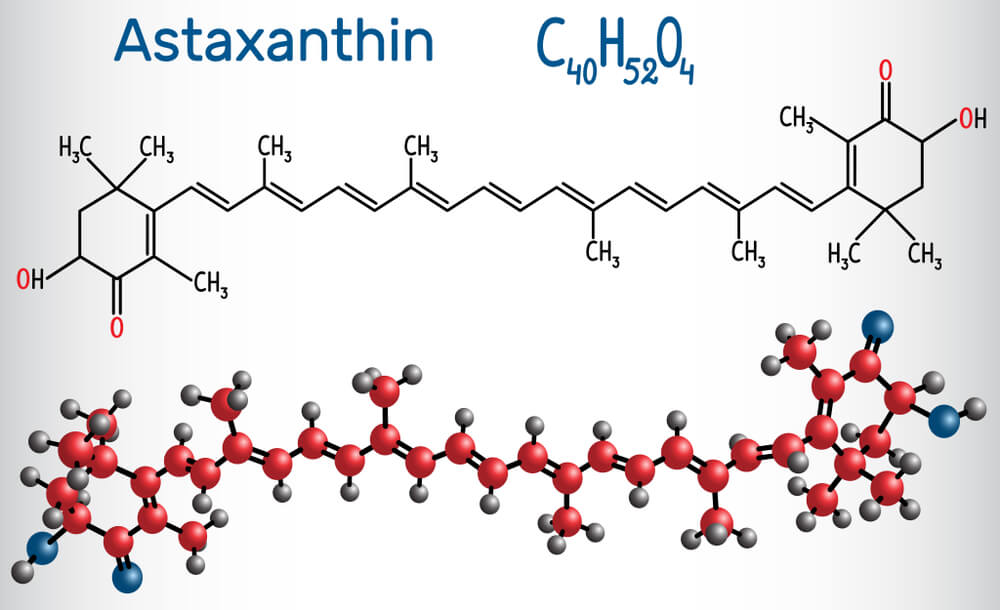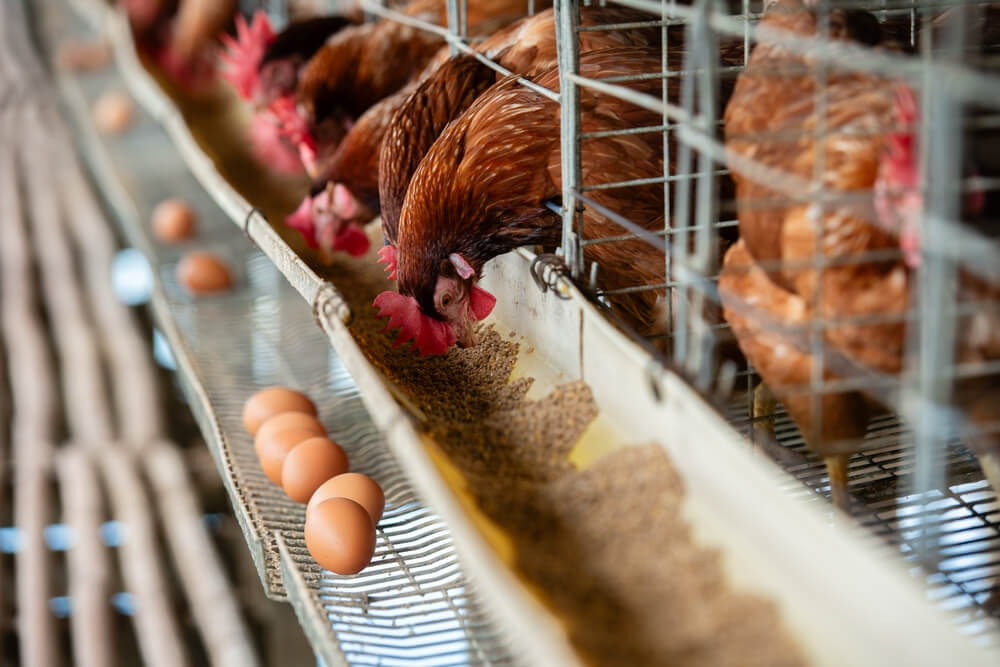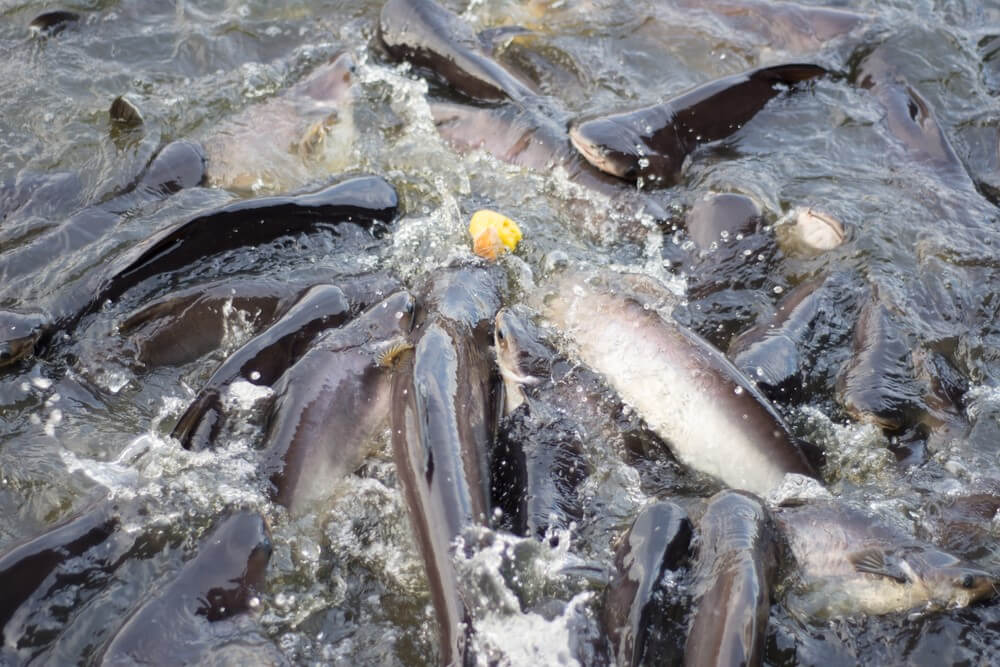Nội dung bài viết
I. Introduction to nano astaxanthin
 Astaxanthin is a powerful antioxidant, belonging to the carotenoid group, naturally occurring in nature. The chemical structure of astaxanthin allows it to quench free radicals, preventing oxidative damage to cells.
Astaxanthin is a powerful antioxidant, belonging to the carotenoid group, naturally occurring in nature. The chemical structure of astaxanthin allows it to quench free radicals, preventing oxidative damage to cells.
In nature, astaxanthin is synthesized by some algae, crustaceans such as lobster, crabs. Salmon, rainbow trout, lobsters have a characteristic pink-red color due to containing high levels of astaxanthin.
Nano astaxanthin is a form of astaxanthin molecules at an extremely small size, only from 10-100 nm. This ultra-small size increases the ability to penetrate cell membranes, thereby significantly improving the absorption and bioavailability of astaxanthin compared to conventional forms.
In recent years, the use of nano astaxanthin has been increasing in aquaculture farms due to its remarkable effects. Feed and aquaculture pharmaceutical manufacturers also supplement nano astaxanthin in their products.
II. Applications of nano astaxanthin
Nano astaxanthin is widely applied in major areas such as shrimp farming, fish farming and poultry and livestock farming.
1. In shrimp farming
 According to many studies, supplementing nano astaxanthin in feed helps:
According to many studies, supplementing nano astaxanthin in feed helps:
- Increase shrimp survival rate up to 90%
- Reduce disease rate by up to 70%
- Increase shrimp weight by 10-30% compared to control
- Decrease FCR to 1.2-1.5
- Improve shrimp meat color, increase commercial value
The recommended dose of nano astaxanthin is 25-100 mg/kg shrimp feed. Should be supplemented continuously from post larvae stage until harvest.
Farmers can mix nano astaxanthin into feed or spray on pond surface for shrimp absorption.
2. In fish farming
Nano astaxanthin enhances immunity, reduces disease in fish. Regular supplementation will improve meat color and fat gloss of fish.
According to a study by Nha Trang University, tra fish supplemented with 100 mg nano astaxanthin/kg feed had a 22% higher growth rate than control fish.
Similarly, Atlantic salmon supplemented with nano astaxanthin had a 29% higher growth rate than fish without supplementation.
The recommended dose is 50-100 mg/kg fish feed. Should be supplemented regularly throughout the farming process to achieve optimal results.
3. In livestock and poultry farming
 Nano astaxanthin helps increase immunity and prevent liver and kidney diseases in livestock and poultry.
Nano astaxanthin helps increase immunity and prevent liver and kidney diseases in livestock and poultry.
A study by Tien Giang University found that supplementing 50mg nano astaxanthin/kg feed helped laying hens increase resistance, get sick 30% less than the control group. Egg productivity of chickens increased by 8.7% compared to chickens without astaxanthin blend.
For cattle, supplementing nano astaxanthin helps increase weight and meat quality. A study in Thailand showed that cattle had 5% higher meat yield compared to the control when fed 50 mg astaxanthin/head/day.
III. Directions for use of nano astaxanthin in aquaculture & livestock
Below are some specific instructions on how to use nano astaxanthin in common aquaculture objects.
1. Using nano astaxanthin in shrimp farming
- Recommended dose from 25-100 mg/kg feed or 0.5-2 ml/m3 pond water.
- Can be mixed directly into pelleted feed or sprayed at pond corners. Mix thoroughly, avoid lumping.
- Feed shrimp containing nano astaxanthin continuously throughout the life cycle. Feed in the morning for optimal absorption.
- Increase dosage when weather changes suddenly or when shrimp get sick, stressed.
2. Using nano astaxanthin in fish farming
- Common dosage is 50-100 mg/kg fish feed.
- Can be blended evenly into pellets or powder. Feed fish daily.
- Spray at pond surface at a dose of 0.5-2 ml/m3 water.
- Maintain regular supplementation throughout farming until harvest.
3. Using nano astaxanthin for livestock and poultry
- Livestock feed: 10-50 mg nano astaxanthin/kg
- Poultry feed: 50-100 mg/kg
- Blend evenly into compound feed or pellets. Feed daily.
- Can be sprayed onto barns for livestock to absorb through the respiratory tract.
- Maintain regular and continuous supplementation for optimal results.
IV. Some notes when using nano astaxanthin
- Comply with recommended dosage, do not abuse overdose.
- Store in a dry, cool, avoid direct sunlight.
- Dilute and use as soon as possible after opening lid, do not leave for more than 24 hours.
- Combine nano astaxanthin with vitamin C to increase absorption and activity.
V. Conclusion
Nano astaxanthin has proven to be superior in improving health, growth and product quality for many types of aquatic species. With proper dosage and method of use, farmers can successfully apply nano astaxanthin to optimize production efficiency.
Hope with the information on usage and recommended dosage in this article, readers can properly apply nano astaxanthin to increase productivity and efficiency in farming. Always follow the instructions for use and precautions to ensure the health of the cultured animals as well as consumers.
